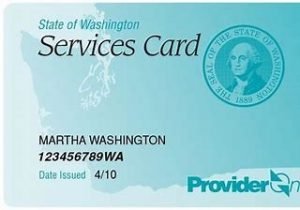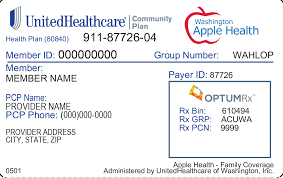Other Findings From Our 50-State Survey of Medicaid HCBS Programs Focus on How States Are Responding to Chronic Workforce Shortages That Were Exacerbated by the Pandemic
About 656,000 people across the country were on state waiting lists for home and community-based services financed through Medicaid waivers in 2021, finds a new KFF analysis. But such waiting lists are an incomplete and often inaccurate measure that can both overstate and understate unmet need.
The data about waiting lists are among the latest findings from the 20th KFF survey of state officials administering Medicaid HCBS programs in all 50 states and Washington DC.
Waiting lists can sometimes overstate the need for services because not all states screen for Medicaid eligibility before adding people to their lists, which inflates the numbers with people who may never be eligible for services. In all years since 2016, over half of people on HCBS waiting lists lived in states that did not screen people on waiting lists for eligibility, the new analysis found. This also is a key reason that waiting lists are not comparable across states.
Waiting lists can also understate need. They reflect the populations a state chooses to serve, as well as the resources it commits. In many cases, people may need additional services, but because the state doesn’t offer them—or doesn’t offer them to specific populations, such as people ages 65 and older—they would not appear on a waiting list.
HCBS waiting lists remain a source of concern to policymakers and proposals to eliminate them have been put forth by both Republicans and Democrats.
Many of the other findings from the 50-state survey focus on chronic workforce shortages that were exacerbated by the COVID-19 pandemic and are the biggest challenges facing state Medicaid HCBS programs. Key takeaways from that analysis include:
- Amid the pandemic, HCBS workforce shortages have contributed to provider closures. Most states (44) reported a permanent closure of at least one Medicaid HCBS provider during the pandemic, up from 30 states in 2021.
- Almost all states (48) responded to the workforce crisis by increasing HCBS provider payment rates. States also increased self-directed and family caregiving opportunities for HCBS beneficiaries. All states offer at least one HCBS program with the option for enrollees to self-direct their services. Forty-eight states allow legally responsible relatives to be paid caregivers, up from 36 states in 2020.
- When asked how they used temporary funding from the American Rescue Plan Act of 2021, over two-thirds of states (35) reported initiatives with high start-up costs that were generally time-limited to avoid higher ongoing costs after the enhanced federal funding ended. Some of the most common initiatives included offering providers bonuses or incentive payments to stay on, developing or expanding worker training or certification programs, and upgrading IT systems.
The full analyses of the survey findings are available here:
- A Look at Waiting lists for Home and Community-Based Services from 2016 to 2021
- Ongoing Impacts of the Pandemic on Medicaid Home & Community-Based Services (HCBS) Programs: Findings from a 50-State Survey
For more data and analyses about Medicaid HCBS, visit kff.org.





